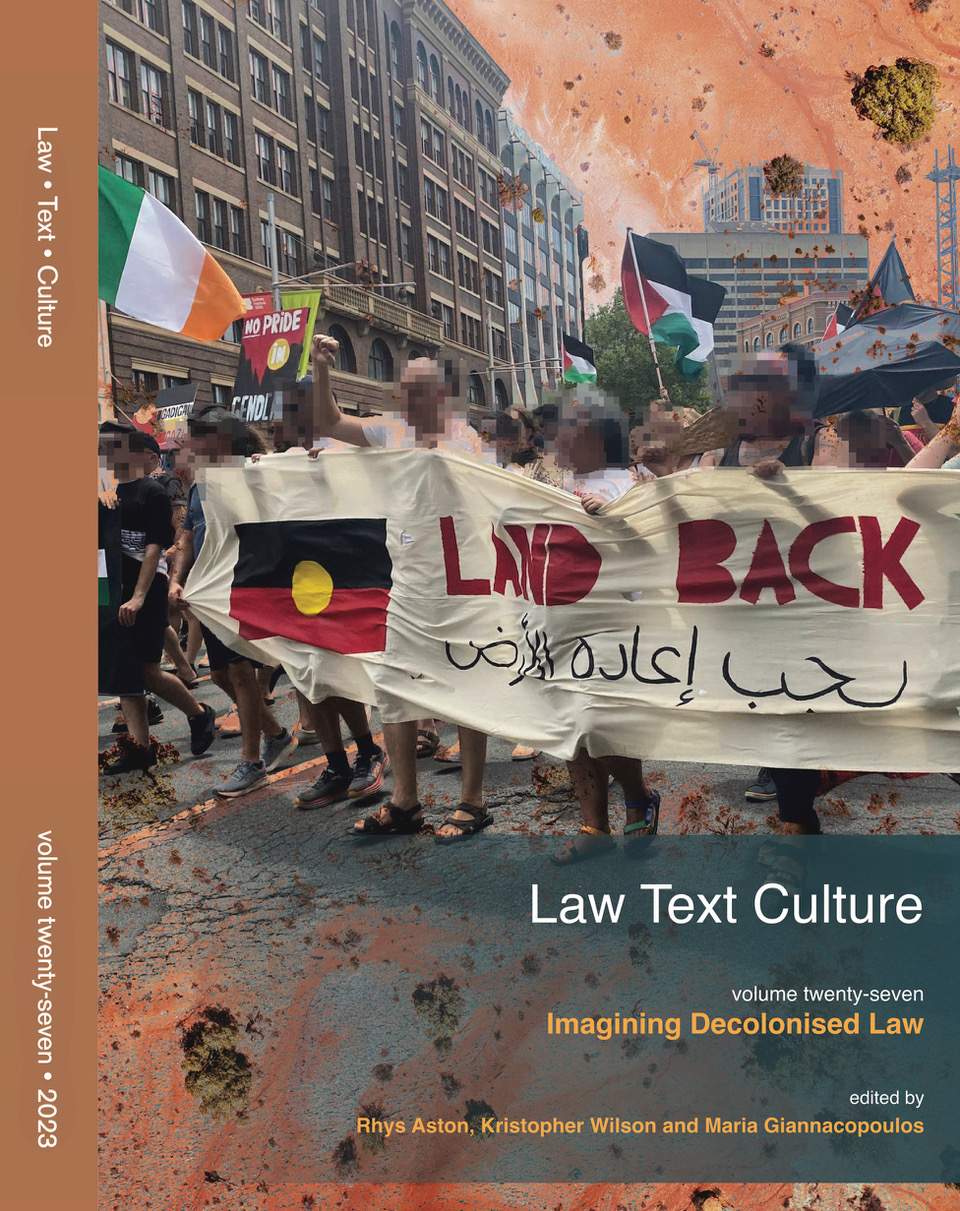Abstract
Since the mid-1990s the term ‘witness’ has gained increasing currency in theatre and performance studies. Within theatre studies in particular the term has been associated with the resurrection of documentary and verbatim theatre and the reinvigorated discourse on these practices. Indeed, some scholars have renamed the genre the ‘theatre of witness’ (Schaefer 2003) or the ‘theatre of testimony’ (Salz 1996) while others have described it in terms of ‘performing testimony’ (Salverson 1996). In these accounts the witness is typically a character (often based on an actual person) who testifies to a personal, social or historical trauma. However, the term ‘witness’ has also been used to describe the spectator of these plays, which is to say the subject who listens to these characters and their testimonies. Hence, scholars have started to examine what Karine Schaefer calls ‘the intersection of the spectator-as-witness phenomenon and … the “character-as-witness” play, or the testimonial drama’ (2003: 7).
How to Cite:
Wake, C., (2010) “Caveat Spectator: Juridical, Political and Ontological False Witnessing in CMI (A Certain Maritime Incident)”, Law Text Culture 14(1), 160-187. doi: https://doi.org/10.14453/ltc.577
Downloads:
Download PDF
View PDF
344 Views
734 Downloads

